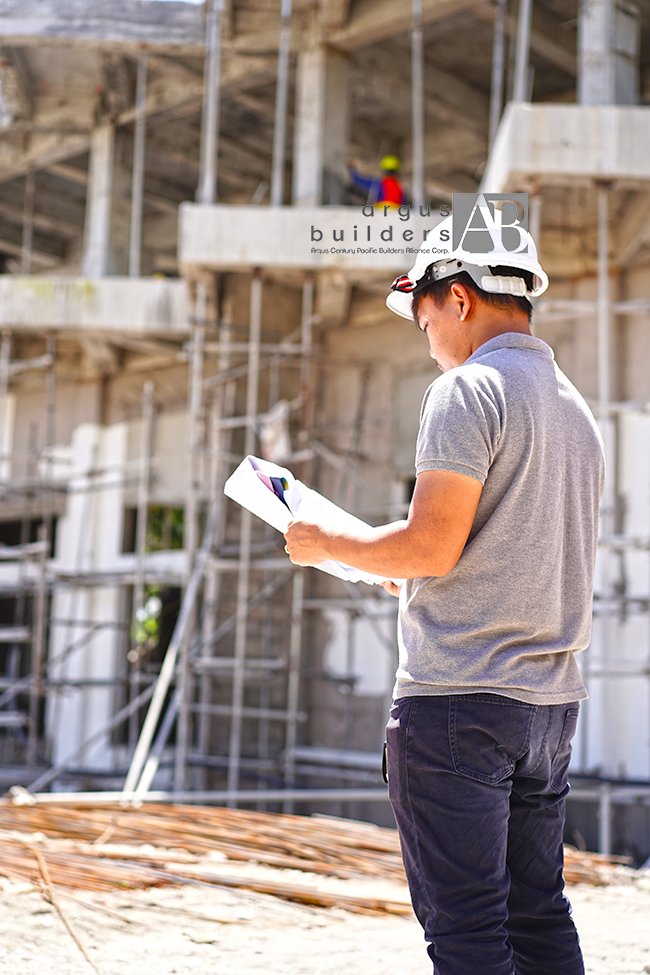WHAT MAKES A STRONG FOUNDATION IN EVERY INFRASTRUCTURE?
The foundation is what gives a building its strength. The main function of the foundation is to support and store the building above it. On the other hand, a shoddy foundation can endanger the neighborhood's residents as well. Nowadays, with high-rise structures touching the sky, having solid foundations is more important than ever. Therefore, when searching for a build and design construction firm, it is crucial to find one that is experienced and reliable. Although it could appear to be a straightforward step in the construction process overall, your project's foundation is the most crucial component. The main justification for this is because any error you make in the foundation will worsen as you continue building the project. In this article, we go over the different factors that make up a strong foundation in every infrastructure.
Type of Soil Used
Solid particles, moisture, and air are all present in the soil. There are many different types of soil, including clayey, expansive, loose, and sandy soils. The soil close to the surface is referred to as topsoil, and the dirt 300 mm or deeper is referred to as subsoil. Small constructions typically employ subsoil as the foundation's base. The depth of the water table, the kind of soil, the depth of the various layers of soil, and the carrying capability of the soil at various levels for massive constructions should all be known through soil investigation. The earth has a tendency to consolidate and settle when the weight is transferred from the structure to the soil through foundations.
Proper Installation of Footing
You can install the footing after making sure everything is set up and there are no extra supplies. For elaborate foundations, such as bridges and cofferdams, this entails driving piles; for building foundations, it entails pouring concrete into trenches or wood forms. The foundation you want and the soil's condition will determine how much concrete is needed. While concrete alone is adequate, it wouldn't hurt to strengthen it with steel bars to increase strength and avoid cracks once the concrete has been poured; smooth it out to make sure there are no air gaps since they will eventually cause cracks to form. The bottom of the foundation must be below the frost line according to the foundation's design requirements. Since topsoil is the loosest type of soil and typically contains organic matter, it must be positioned below to prevent soil consolidation.
Consistency
For foundations to carry the full weight of the building, the base must be rigid. If the foundation isn't constructed with a continuous base for support, superimposed loads can cause buildings to settle, causing them to slant or tilt and weakening their internal structures. The fundamentals of constructing a foundation that can support the building and its occupants for a long period involve combining all of these elements. Urban planning, zoning, and ordinance work, as well as some independent study, are required in order to prevent major issues that may develop in the future.
If you’re looking for a Davao construction company, you should definitely check out Argus Builders, one of the best general construction companies in Mindanao. They have worked with various clients on different types of projects in the past which assures you of the skills and expertise of their engineers, architects, and contractors. For more information, you may learn about them by visiting their website.

